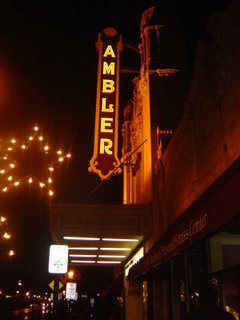 I've been in the northwest suburbs of Philly this week visiting my folks. Last night we wandered down to the Ambler Theater to see The Squid and the Whale (intensely dark, can't say I recommend it), but also to see the newly renovated movie house.
I've been in the northwest suburbs of Philly this week visiting my folks. Last night we wandered down to the Ambler Theater to see The Squid and the Whale (intensely dark, can't say I recommend it), but also to see the newly renovated movie house.Originally built in 1928 and designed by architect Solomon Kaplan, it's unclear when the Ambler Theater closed and how long it sat idle before a group of folks bought it, renovated it and began running it as a non-profit community film center in 2003. They now show independent films, feature kid's Saturday matinees and host guest lecturers. I also like that the concession stand sells locally-made Asher's Snow Caps along side the mainstream brand.
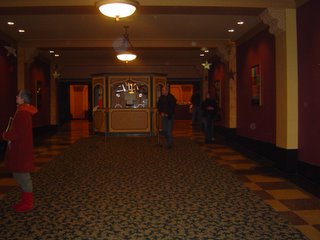
The area around the movie house, which had once been a string of empty storefronts is now a thriving strip of restaurants, bars, offices, and shops.While they have plans for a second phase of renovation, the first phase has been completed, which included redoing the lobby, refurbishing two theaters, and hanging the lovely neon sign out front.
While putting this post together, I ran across Cinema Treasures: Discover, Preserve, Protect, a five-year old website dedicated to "movie theater preservation and awareness."
Here is what they've posted about the Ambler Theater, but you'll note the commenters hack away at the accuracy of their listing.
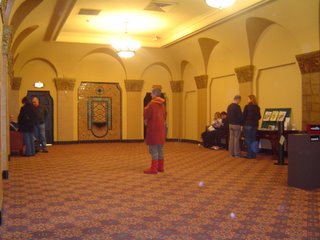
Cinema Treasures logs more than 11,000 theaters in the U.S. and around the world, including those that have been demolished. Accuracy flaws aside, it's good to see someone trying to ensure this wonderful part of our cultural history doesn't go overlooked.
Hopefully they'll figure out a system for getting their facts straight. Seems like they might be victims of their own success in choosing a cause that so many people share so passionately with them.
 But, they owe it to themselves and their love of theaters to get it right. Successful awareness-building and preservation efforts need a rock-solid foundation. And, the Ambler Theater's resurgence shows off just how rewarding that can be.
But, they owe it to themselves and their love of theaters to get it right. Successful awareness-building and preservation efforts need a rock-solid foundation. And, the Ambler Theater's resurgence shows off just how rewarding that can be.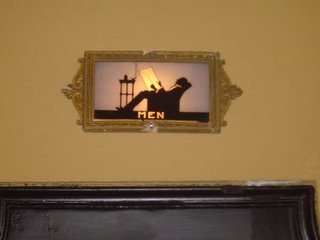


 No kidding. That's
No kidding. That's  The great poet and Chicagoan
The great poet and Chicagoan 

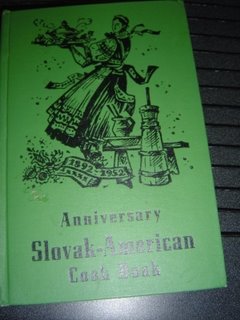



 It's been way too long since I've updated my Abraham Lincoln
It's been way too long since I've updated my Abraham Lincoln 
 Nice
Nice 
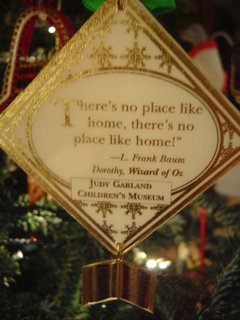












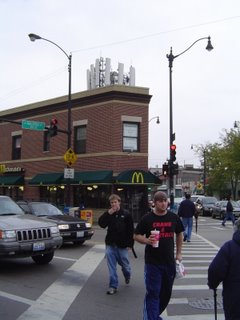

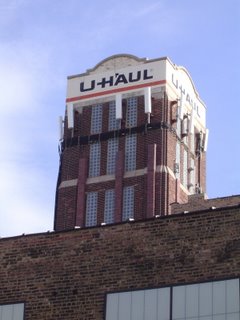




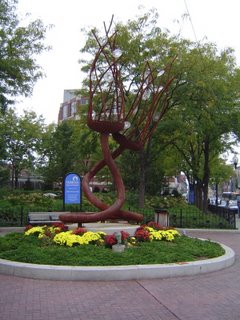



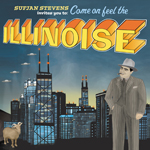 I know that you don't visit my blog to learn about what all the cool kids are doing, but just in case you've missed it, everyone's listening to
I know that you don't visit my blog to learn about what all the cool kids are doing, but just in case you've missed it, everyone's listening to 
 While attending
While attending  It's hard for me not to marvel that it was just over a hundred years ago that the
It's hard for me not to marvel that it was just over a hundred years ago that the 

